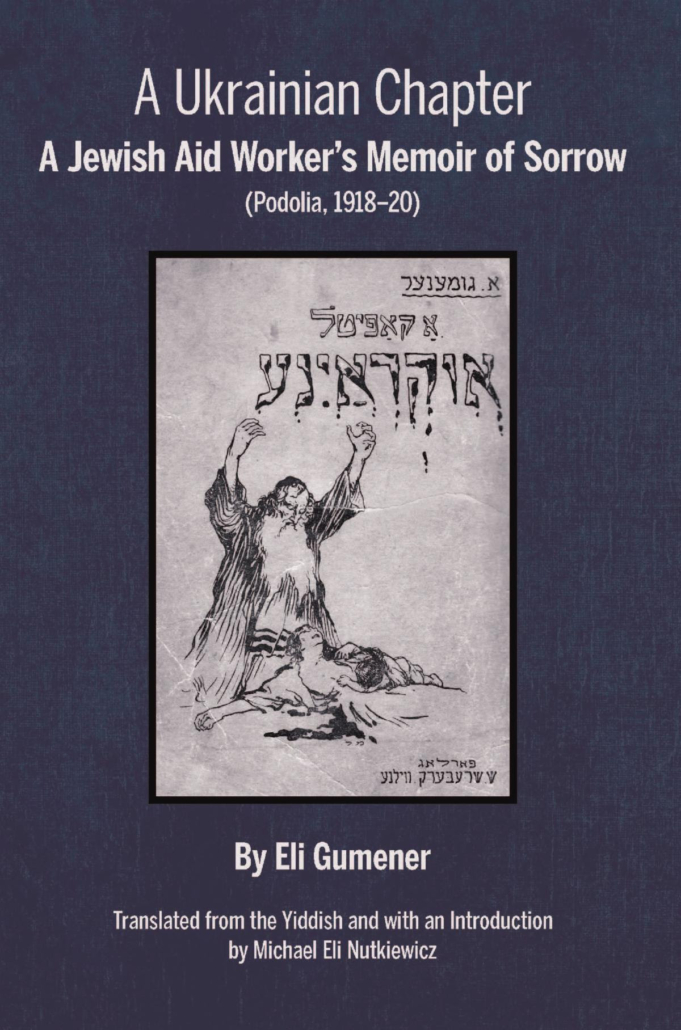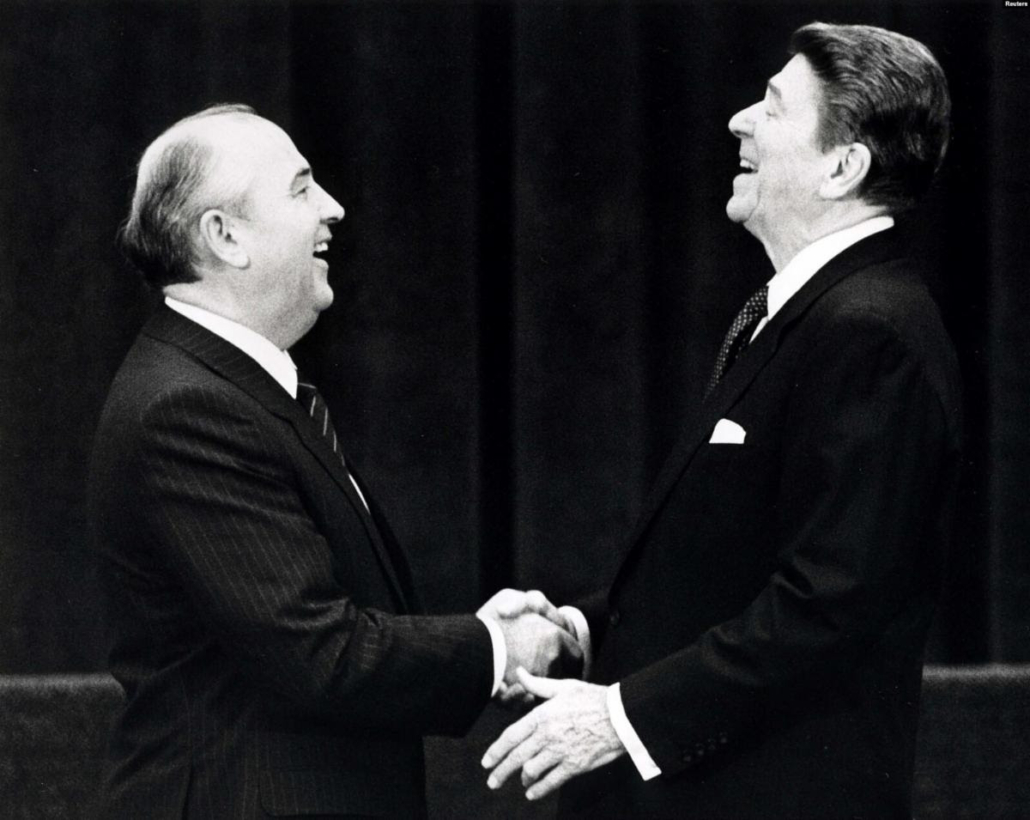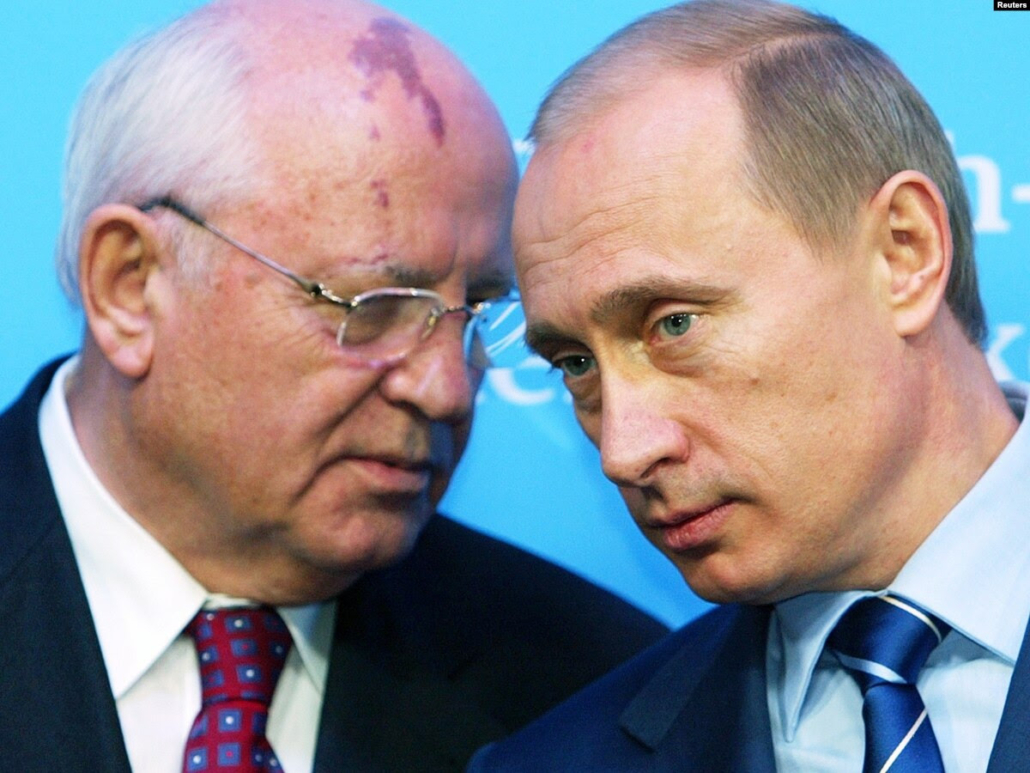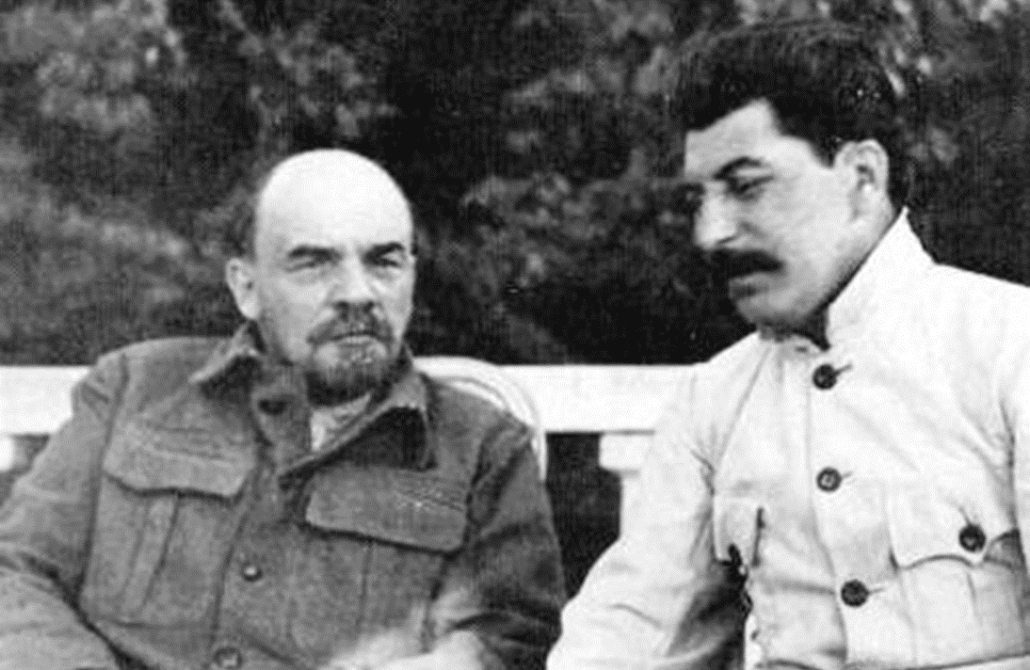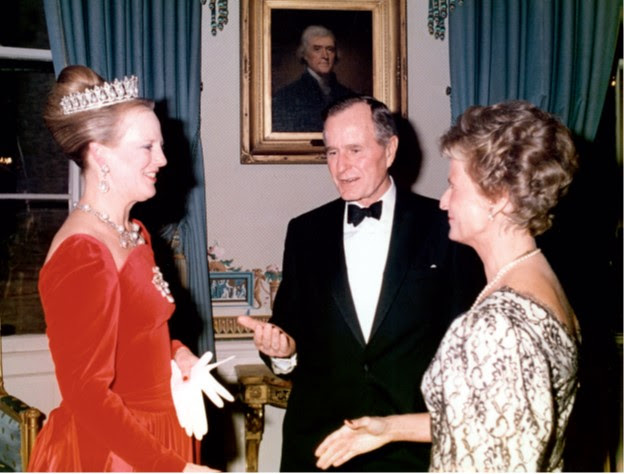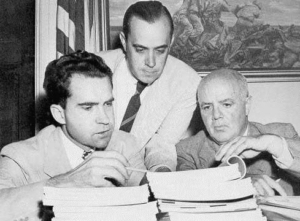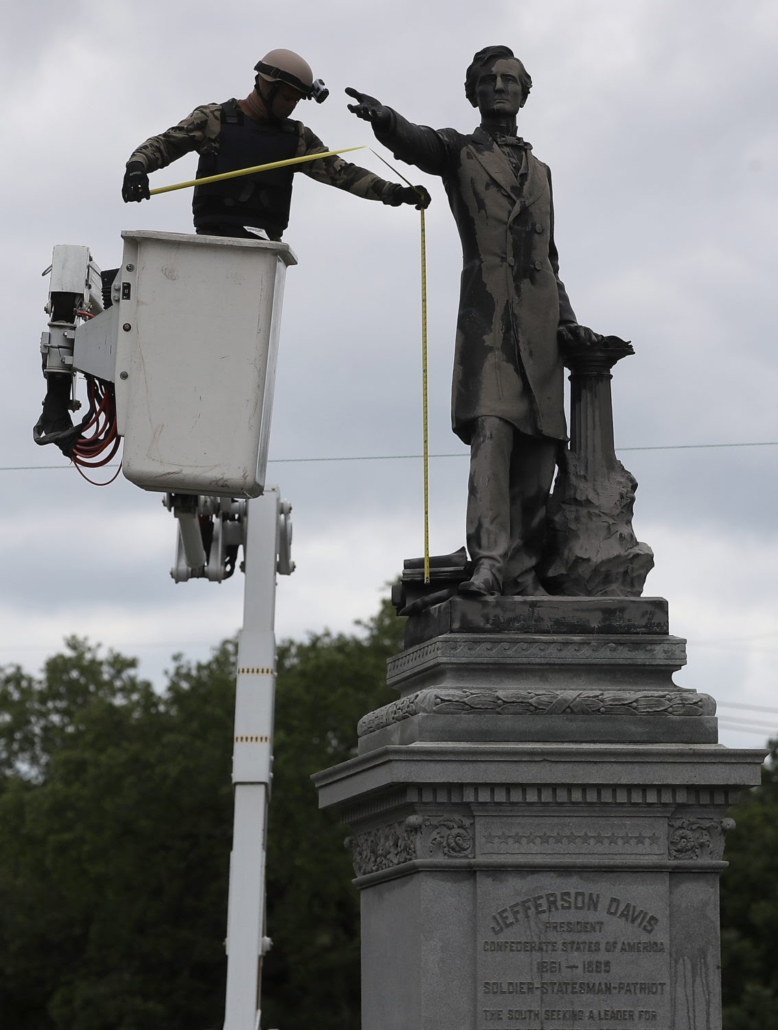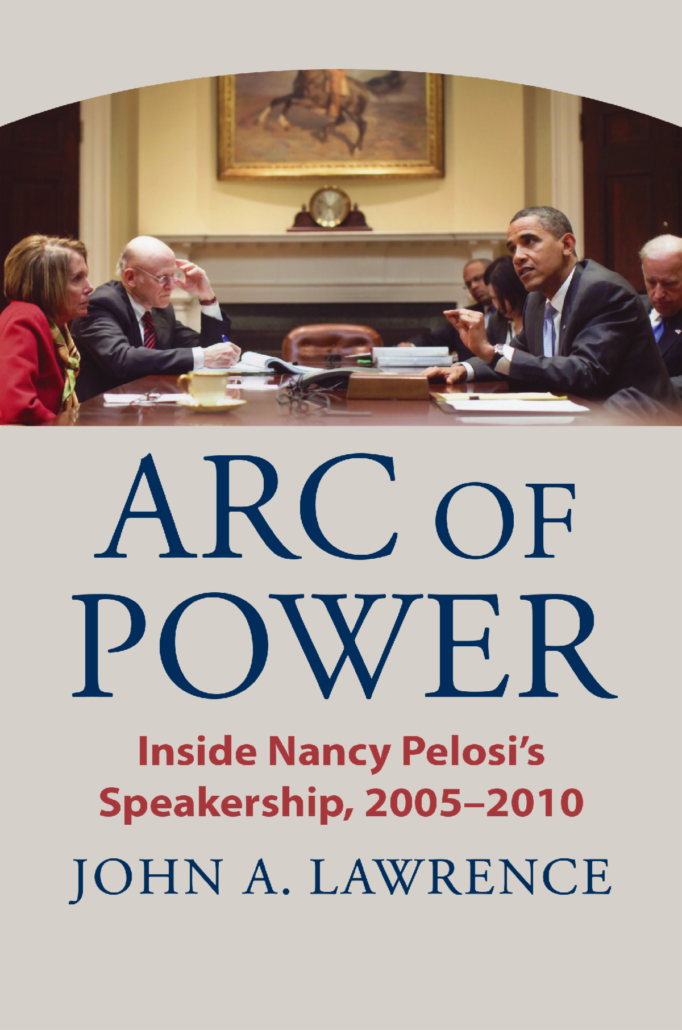Brochures will be available in bins outside RENESAN offices by December 13.
Staff will be working from home until December 14. Email director@renesan.org with questions.
HIS S23-01: The Polish-Ukrainian-Russian Borderland, 1914-1921
Michael Nutkiewicz
February 2
World War I and the Russian Civil War unleashed unprecedented violence in the borderlands of Poland, Ukraine, and Russia. Between 1914 and 1921, several simultaneous wars were fought: the Soviet Union against Germany and Ukraine; Poland against Ukraine; and later Poland against the Soviet Union. One tragic consequence of these ongoing conflicts was the murder of up to 250,000 Jews in pogroms perpetrated by all sides—the Ukrainians, the Red Army, and the Poles.
HIS S23-02: Mikhail Gorbachev: His Life & Legacy, 1931 – 2022
K Paul Jones
January 19 and 26
Mikhail Gorbachev’s death last August awakened interest in his role in both the collapse of the Soviet satellite empire in 1989 and then the collapse of the Soviet Union in 1991. This class will focus on those years but will begin with his early life, followed by his rise to national prominence and selection as General Secretary of the Communist Party. Students will then examine Gorbachev’s efforts to transform the Soviet Union via glasnost and perestroika and his efforts to end the Cold War by replacing the Soviet empire with what he called a “European Common House.
HIS S23-03: Lenin: Forging Communism; Stalin: Purging Communists
Donald Gluck
March 13
Spearheading the 1917 Revolution, arguably the most important event of the twentieth century, Lenin built the first Communist state. With Khrushchev’s 1959 denunciation of Stalin, Lenin was elevated. Was it deserved? What did Lenin institute and what were the consequences? To help with this, we will watch portions of the 1998 film Secret Lenin. In our consideration of Stalin, we will look at perhaps the most horrible of Stalin’s actions: the Great Terror and the related Moscow Show Trials of 1936 to 1938.
HIS S23-04: Welcome to Blair House, Benedicte Valentiner
March 28 and April 4
Across from the White House lies the intensely private Blair House complex, the world’s most prestigious presidential guest house. In this course, the Blair House’s former General Manager will take students on a virtual tour while she examines Blair House’s special role in hosting the official guests of US presidents and in shaping 19th century US history. She will also discuss the importance of informal diplomacy in furthering American foreign policy objectives and helping leaders gain a deeper understanding of cultural differences.
HIS S23-05:Red Scare Redux
Mark Davis
March 2 and March 9
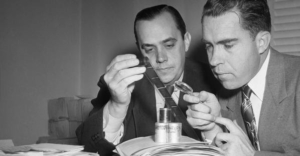 During the Cold War, the U.S. government became obsessed with hunting and purging communists, fellow travelers, and liberals. The story of this era can be told through the lens of four events: the execution of the Rosenbergs; the Hiss-Chambers trials; the blacklisting of movie actors, producers, and screenwriters, including the Hollywood Ten; and the rise and fall of Joe McCarthy. Prominent politicians such as Richard Nixon, Robert Kennedy, and Roy Cohn—who mentored Donald Trump—launched their careers during this period.
During the Cold War, the U.S. government became obsessed with hunting and purging communists, fellow travelers, and liberals. The story of this era can be told through the lens of four events: the execution of the Rosenbergs; the Hiss-Chambers trials; the blacklisting of movie actors, producers, and screenwriters, including the Hollywood Ten; and the rise and fall of Joe McCarthy. Prominent politicians such as Richard Nixon, Robert Kennedy, and Roy Cohn—who mentored Donald Trump—launched their careers during this period.
HIS S23-06:History of the Inquisition in New Mexico
Rob Martinez
April 24
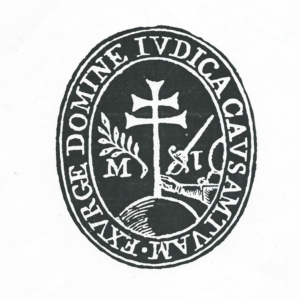 The Inquisition is one of the most infamous religious courts in history. The institution had a presence in New Mexico during the colonial period. Cases of heretical behavior reveal much about the social and religious practices and activities of people in the 1600s, 1700s, and 1800s. State Historian Rob Martinez presents a fascinating look at the history of the Inquisition in Europe, Spain, and the Americas, with a focus on Mexico and New Mexico.
The Inquisition is one of the most infamous religious courts in history. The institution had a presence in New Mexico during the colonial period. Cases of heretical behavior reveal much about the social and religious practices and activities of people in the 1600s, 1700s, and 1800s. State Historian Rob Martinez presents a fascinating look at the history of the Inquisition in Europe, Spain, and the Americas, with a focus on Mexico and New Mexico.
HIS S23-07:History of Confederate Monuments
Jake Greene
April 27
After the Civil War, Ladies’ Monument Associations sought to honor the valor of Confederate soldiers and vindicate Southern manhood in the face of defeat by erecting monuments. The monument movement changed when Lost Cause organizations raised monuments in such public places as courthouse lawns expressly to preserve white supremacy and Confederate culture. Protests against Confederate monuments sprang up soon after Reconstruction and continue today
HIS S23-08:John Lawrence: Arc of Power: Inside Nancy Pelosi’s Speakership, 2005–2010
John Lawrence
January 19
The midterm election of 2022 focused attention on the complicated inner workings of Congress: how personalities, partisanship, and competing institutional interests shape the operations of the American government. In Arc of Power: Inside Nancy Pelosi’s Speakership 2005-2010, author John Lawrence provides insights into how our national government functions (when it succeeds and why it often falls short of expectations). As Speaker Pelosi’s 2005-2010 Chief of Staff, Lawrence offers an informed perspective based on 38 years as a senior House staff person.

